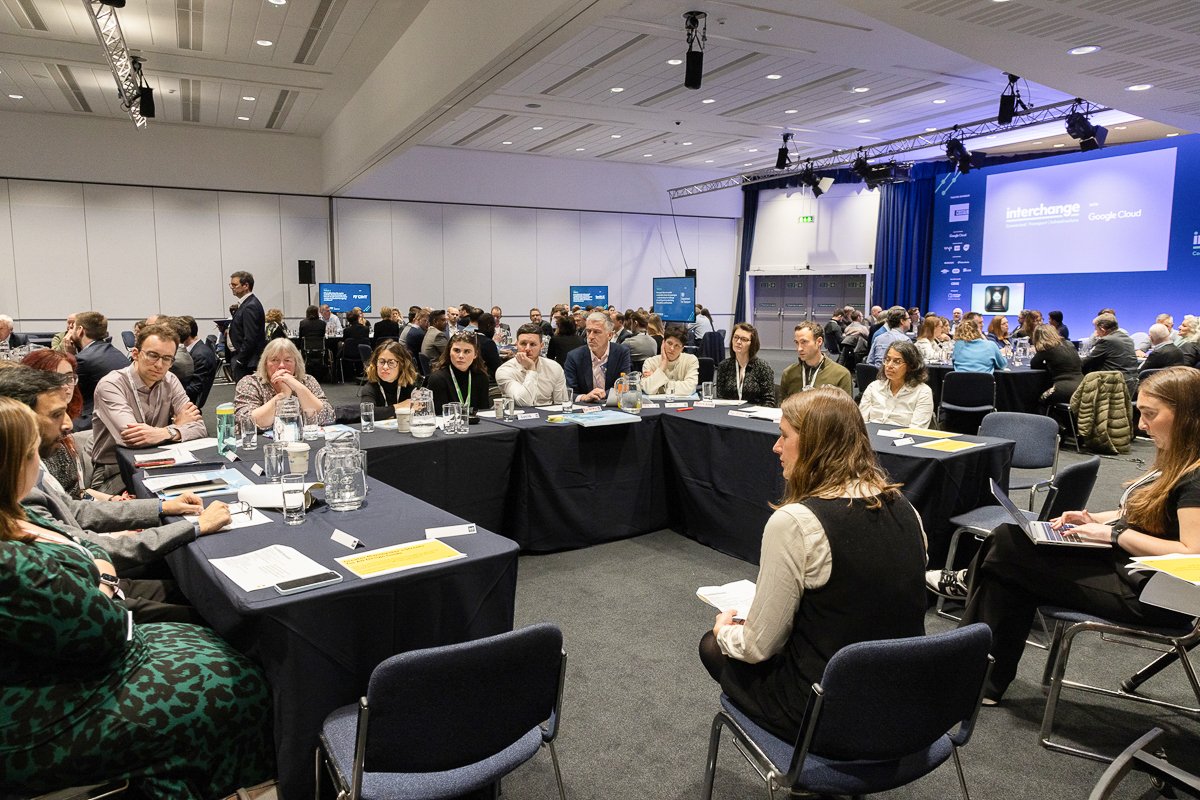2024: Streets for All – achieving streets that work for all users and uses
TfGM’s roundtable discussion on the Streets for All Design Guide centred around the question “how can we ensure that no one is excluded as we roll out the Streets for All approach across our streets – so that we achieve streets which work for all users and uses?”
Streets are so much more than movement corridors and improvements to streets can make a real impact on local people’s lives. This round table set out to explore Greater Manchester's Streets for All Design Guide which is centred on two core principles of ‘People Focused’ and ‘Context Sensitive’.
The guide sets out seven ‘essentials’ for the city’s streets, including:
Streets which enable people to drive less.
A reliable, integrated and accessible public transport network.
A future proofed street network.
By design, the TfGM hosted roundtable discussion included people from a wide range of disciplines, to ensure we had lots of varying opinions in the discussion.
Here’s a summary of salient points:
Starting off on the right foot
We framed the discussion around embedding the Streets for All approach across the project life cycle and started off by discussing ‘starting off on the right foot’ which included discussing picking the right project team and project structure and governance.
The discussion centred around the importance of having public and political buy-in. An important aspect of this was around early engagement being key in getting buy-in from the public and ensuring local communities are involved from the very outset of a project.
We also discussed the strong political debate on how our streets are used, there are coalitions of people with different interests, along with lots of shared interests in seeing our streets change. It’s also important to think about what the project is trying to solve and building a project team around that problem.
Engaging with the right people, at the right time
We then discussed engaging with local communities, technical experts, people with lived experience and political leaders. Getting the correct messaging out to the public is key, and a key theme of the discussion was ensuring that engagement with the local community takes place from the outset of a project.
We also discussed the important of making sure no one in the community is excluded from sharing their views, e.g. people being digitally excluded and language barriers. The ability to get buy in from the public on a streets for all project is very much dependent on the overall messaging of what we are trying to achieve.
Another key aspect of our discussion was that visualisations are really important for members of the public to understand what we are trying to achieve, and engineers’ drawings should not be used in consultation material. Starting off with a blank map at beginning is also helpful in framing discussions and allowing for the local community to add their own suggestions during scheme development.
Design development
We then moved on to discuss design development, and framed the discussion around getting the basics right, getting out and experiencing the street, being brave and trying something different, thinking outside the red line boundary and embedding innovation and learning from best practice.
Firstly, we started off by discussing how important getting the basics right is (e.g. flush kerbs and tactile paving at crossing points). Site visits are also key and experiencing the streets firsthand. We also discussed the importance of observing what is happening on the street and how the community are using the space.
Maintenance is also an important issue, especially as budgets are decreasing year on year and it can be afterthought in schemes. We need to think about how a scheme will look in 5 years’ time.
Reflections and wrap up
We then reflected on the discussion as a whole and each roundtable participant provided one key takeaway from the discussion. Early engagement was a key reflection from many of the participants and ensuring that local communities are brought along for the duration of the project. Finally, streets are so much more than movement corridors and improvements to streets can make a real impact on local people’s lives.





